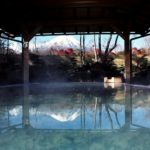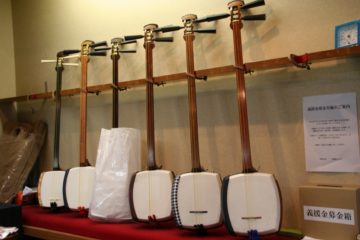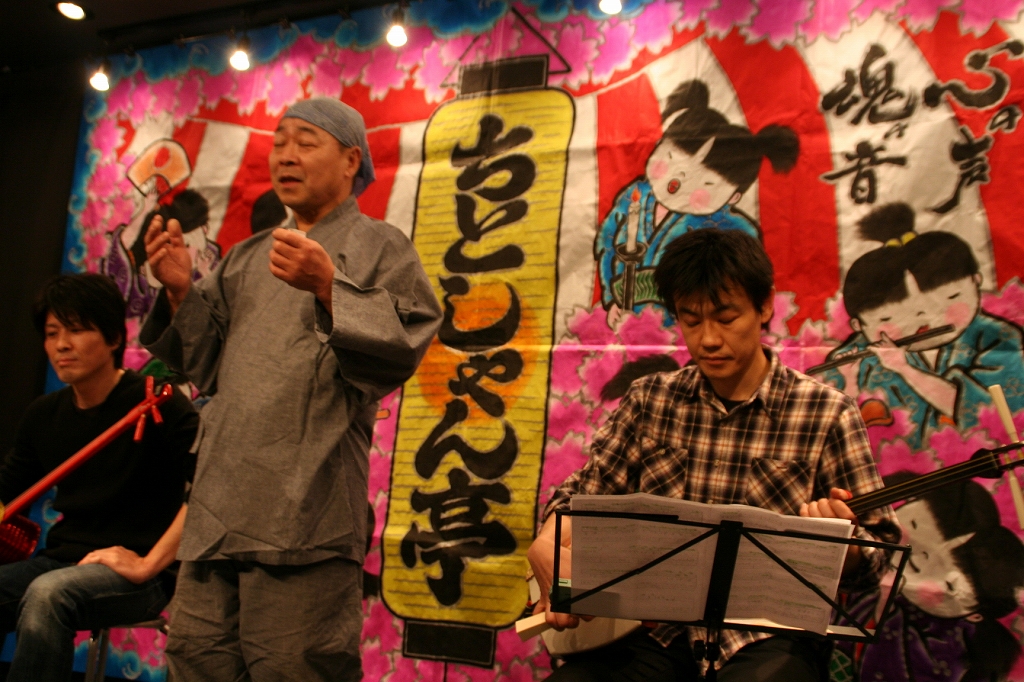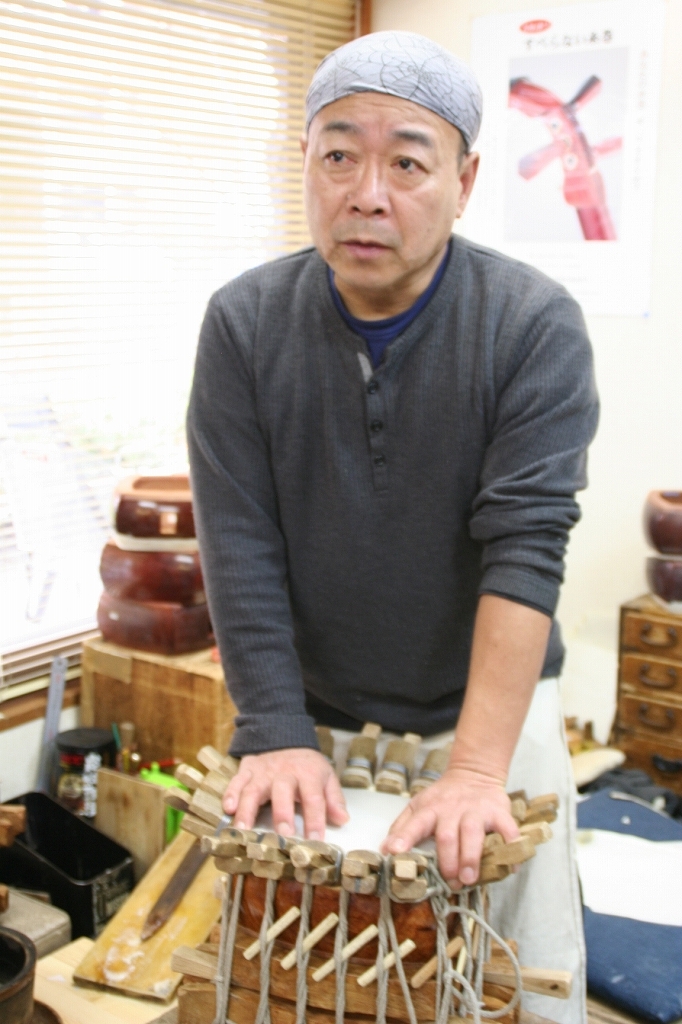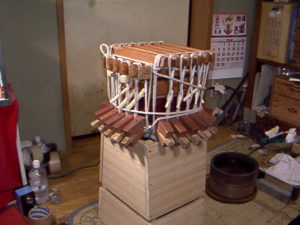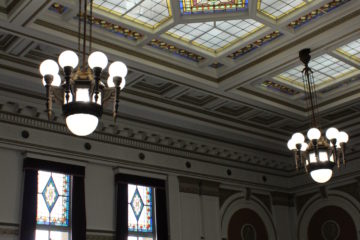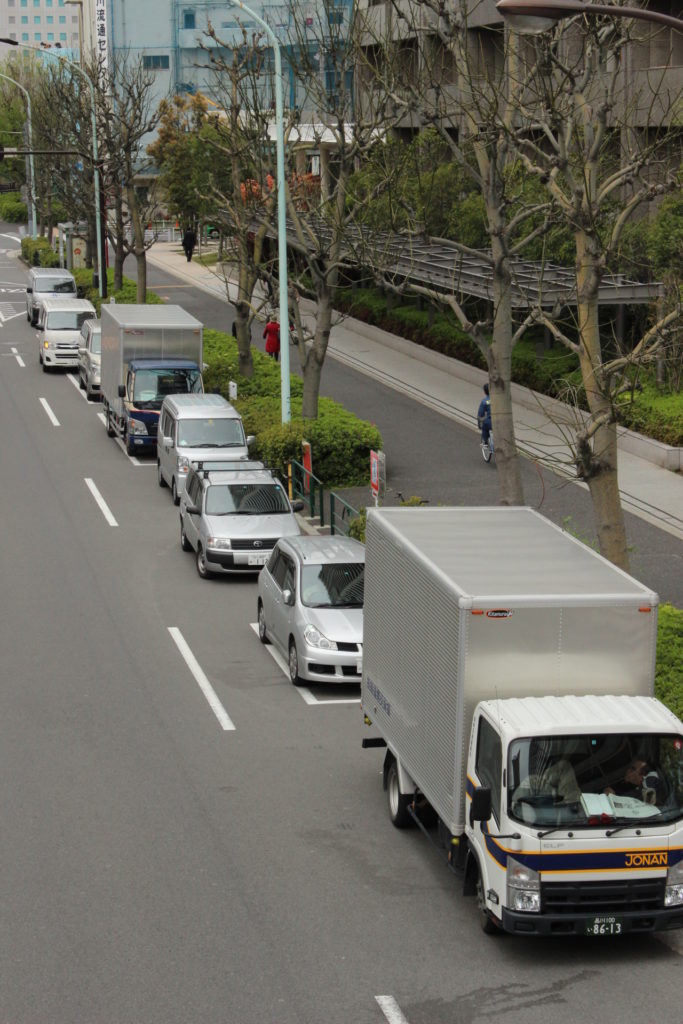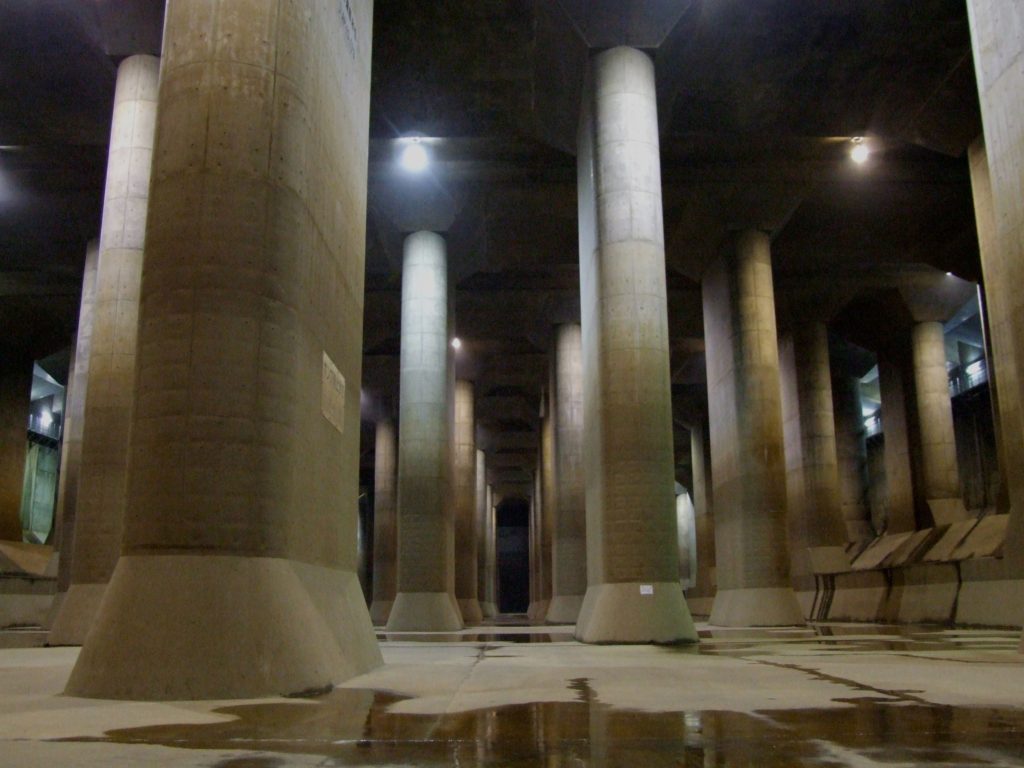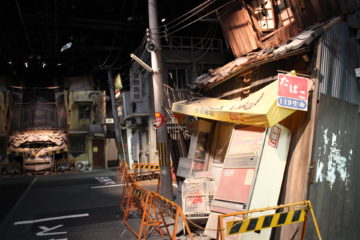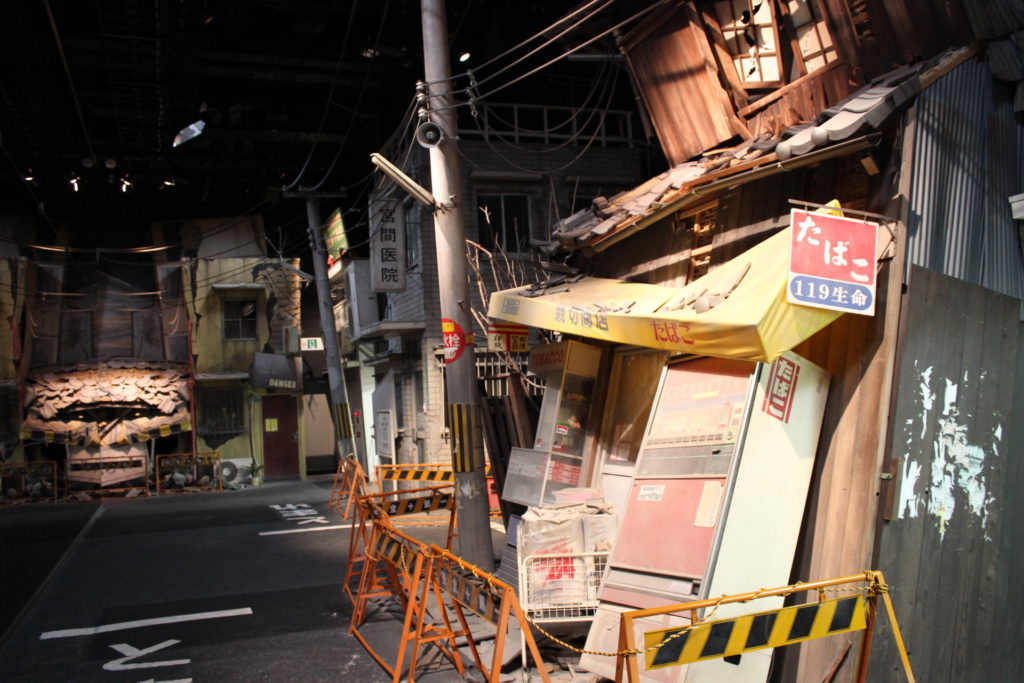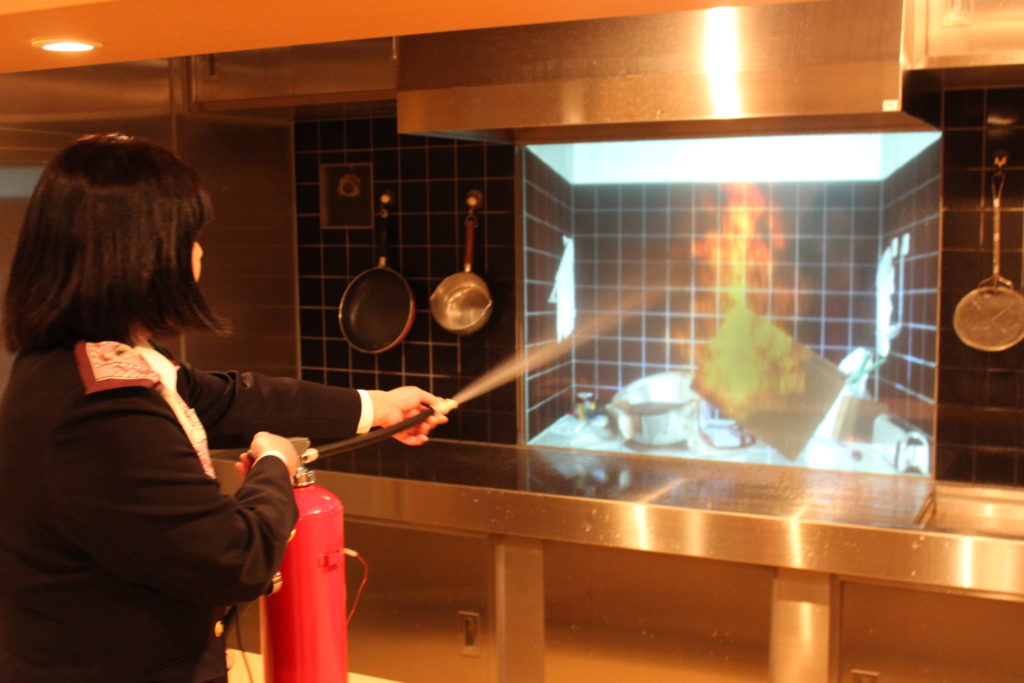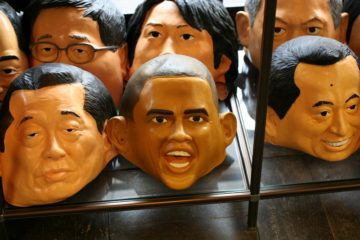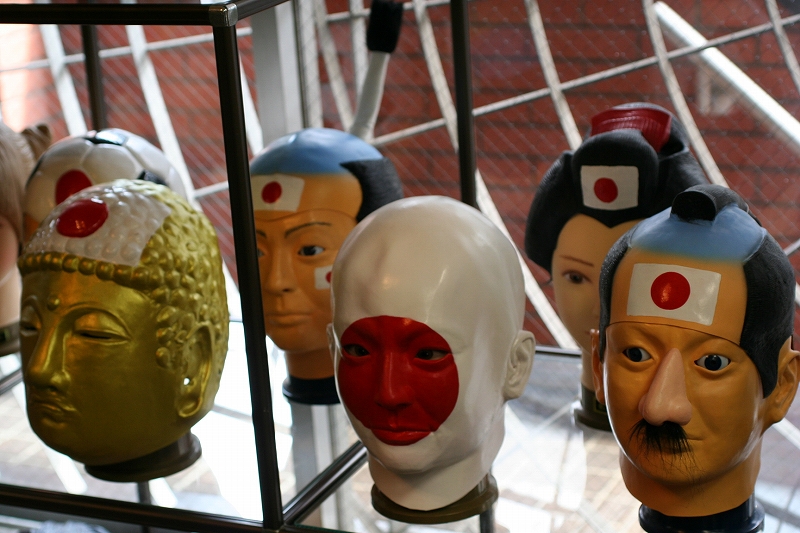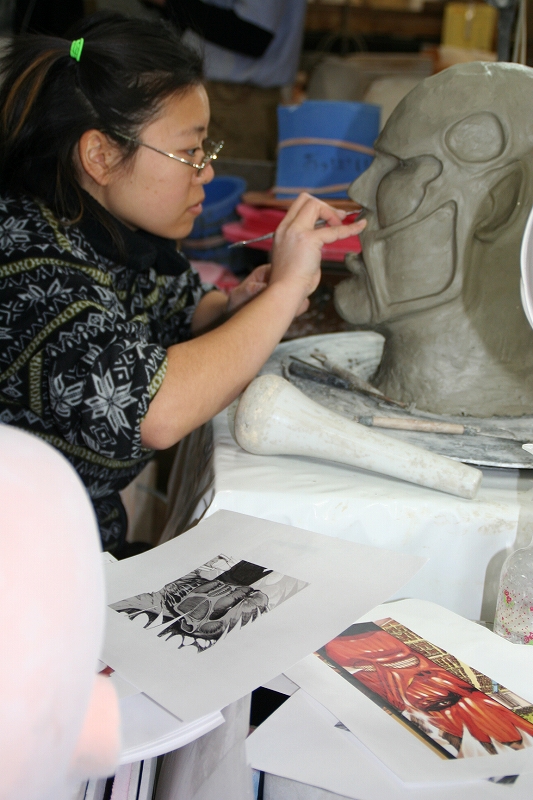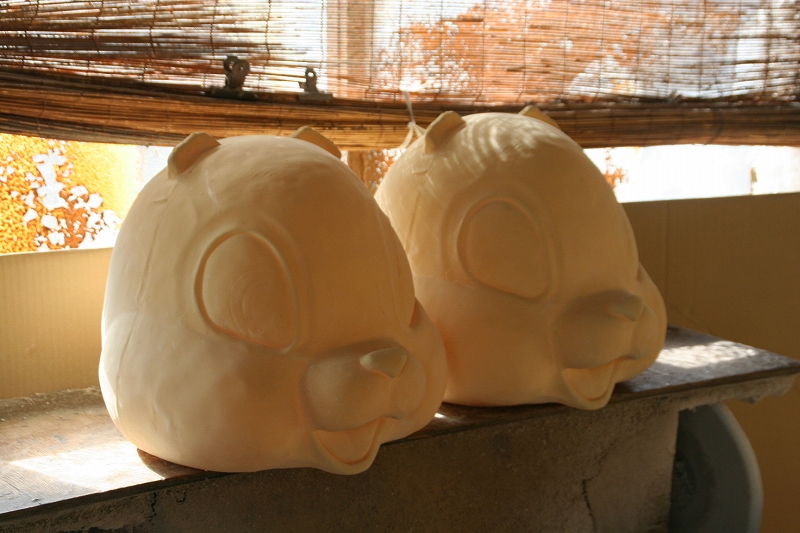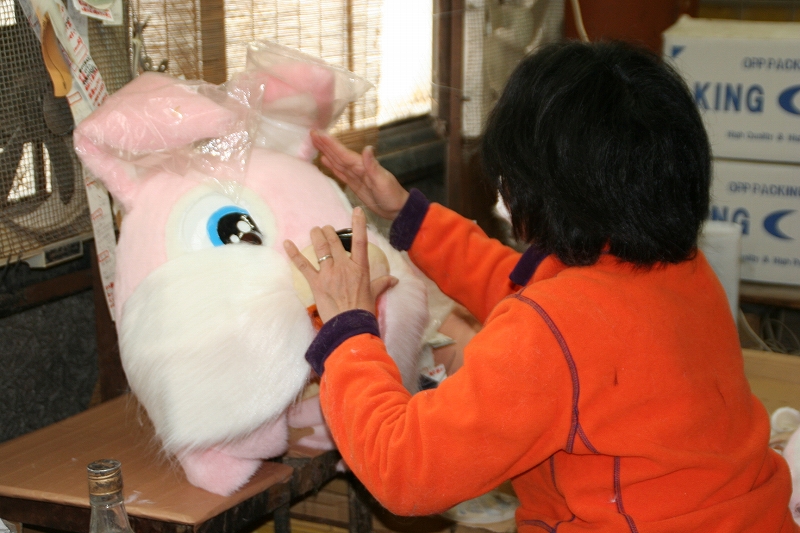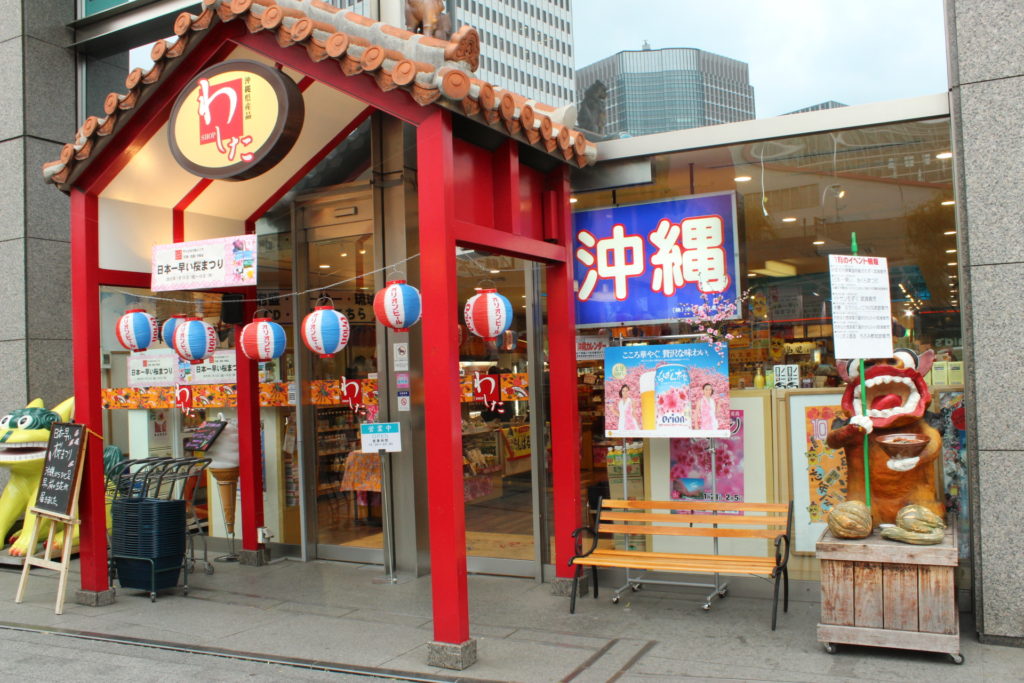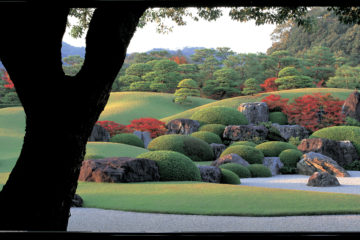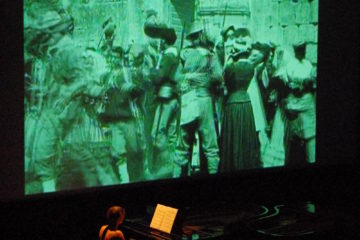Tokyo Antenna Shops Have Something for Everyone
By Ryoji Shimada, staff writer
“Men-soree!” (meaning “welcome” in the dialect of Okinawa Prefecture) is the friendly way arriving customers are greeted. In the background is the rhythm of music from the south Pacific islands. The store’s colorful interior, with fruits and semitransparent glass evocative of rippling waves, gives the impression of the tropical summer. This is the image conveyed by the shop located in Tokyo’s famous Ginza fashion district, that sells fresh foods, handicrafts and other items from Okinawa, Japan’s southern island.
“We want customers to feel like they’re in Okinawa,” says Noriko Sugishita, chief manager of the “Ginza Watashi Shop,” a so-called antenna shop operated by Okinawa Prefecture. Since the shop’s opening in 1994 customers have increased year upon year, with an estimated 1.3 million coming to shop in 2011.
“I like the tropical theme of the store interior,” says one of the store’s regular patron, a 34-year-old female office worker. She says she has come today to purchase an acerola beverage. A housewife in her 60s, who became interested in Okinawa after her married daughter moved there, says “I don’t want stuff in a bottle — it has to be made freshly.” She holds up a net filled with several small round fruits from Okinawa called shiikwaasaa (Citrus depressa).
People visit the Okinawa shop for a variety of reasons. Some have heard about some product via the grapevine or seen something on television, and come to buy it. Some are just passing by on the sidewalk and walk in out of curiosity. Others had been in Okinawa recently but forgot to buy souvenirs, or perhaps didn’t want to be bothered with the burden of lugging back heavy items. Still others are attracted after they see the shop featured on variety TV shows, or they come for special events to sample goods.
The concept behind the “antenna shop” is to promote the produce of a particular locale. Concerning the purpose of her antenna shop, Sugishita explains the marketing aspects, saying, “How do we sell things? Which products are likely to sell? For these and other reasons we want to grasp the conditions in the Tokyo metropolitan area. Through starting actual sales of some products, we can generate a positive cycle, so that our sales motivate manufacturers to produce more goods.”
Perhaps from the same perspective of nurturing producers, an antenna shop to market goods from the northern island of Hokkaido was opened in Ginza in 1997, opposite the Okinawa shop. The “Hokkaido Dosanko Plaza,” favorably located close to a train station, claims some 2.2 million visitors per year. Yoshio Aoki, the store manager, says many of his customers are people who have been to Hokkaido, or those with personal ties to Hokkaido, such as people with relatives there, or employees of Hokkaido companies who are on assignment to Tokyo unaccompanied by their families. “More than coming here to buy souvenirs, they want to use it in the regular sense,” Aoki says. He hopes they will become repeat patrons.
According to data from the Ministry of Agriculture, Forestry and Fisheries, in 2010, Japan’s total food self-sufficiency, when measured on a calorie basis, was 39%. However for the island of Hokkaido alone, food self-sufficiency surpasses 200%. For this reason, the shop is crammed with a wide range of food products, ranging from sea foods to fruits, vegetables and rice. Presently packaged charcoal-grilled sanma (saury) and cuttlefish stuffed with rice are said to be selling well. From the vantage point of marketing, one corner of the display is devoted to new products. Out of some 100 items, only the top-selling 30% over a three-month period are retained. Some are kept on sale regularly. This system is set up to maintain a balance between offerings of new items and popular sellers.
Tokyo, with over 13 million people, is an enormous consumer of goods. This is probably the main reason why although Japan has 47 prefectures, nearly all the antenna shops in the country are located here. The stores permit customers to sample the atmosphere of the localities, and several travel agencies have even organized tours that visit Tokyo’s antenna shops. “Sometimes they come in large groups via tour bus,” says Sugishita, who adds that in such cases they will notify the shop beforehand. According to Aoki, the mood toward domestic travel was heightened in the wake of the so-called Lehman Shock of 2008, and more customers began visiting the shops following frequent coverage in the media from around 2009.
When asked whether or not foreigners also patronize the shop, Sugita responded, “Not so many. Perhaps it’s because they don’t know we exist.” But for foreign visitors pressed for time, whose stay is limited only to Tokyo, these antenna shops can be recommended as places to capture the atmosphere and flavor of Japan’s local areas.


